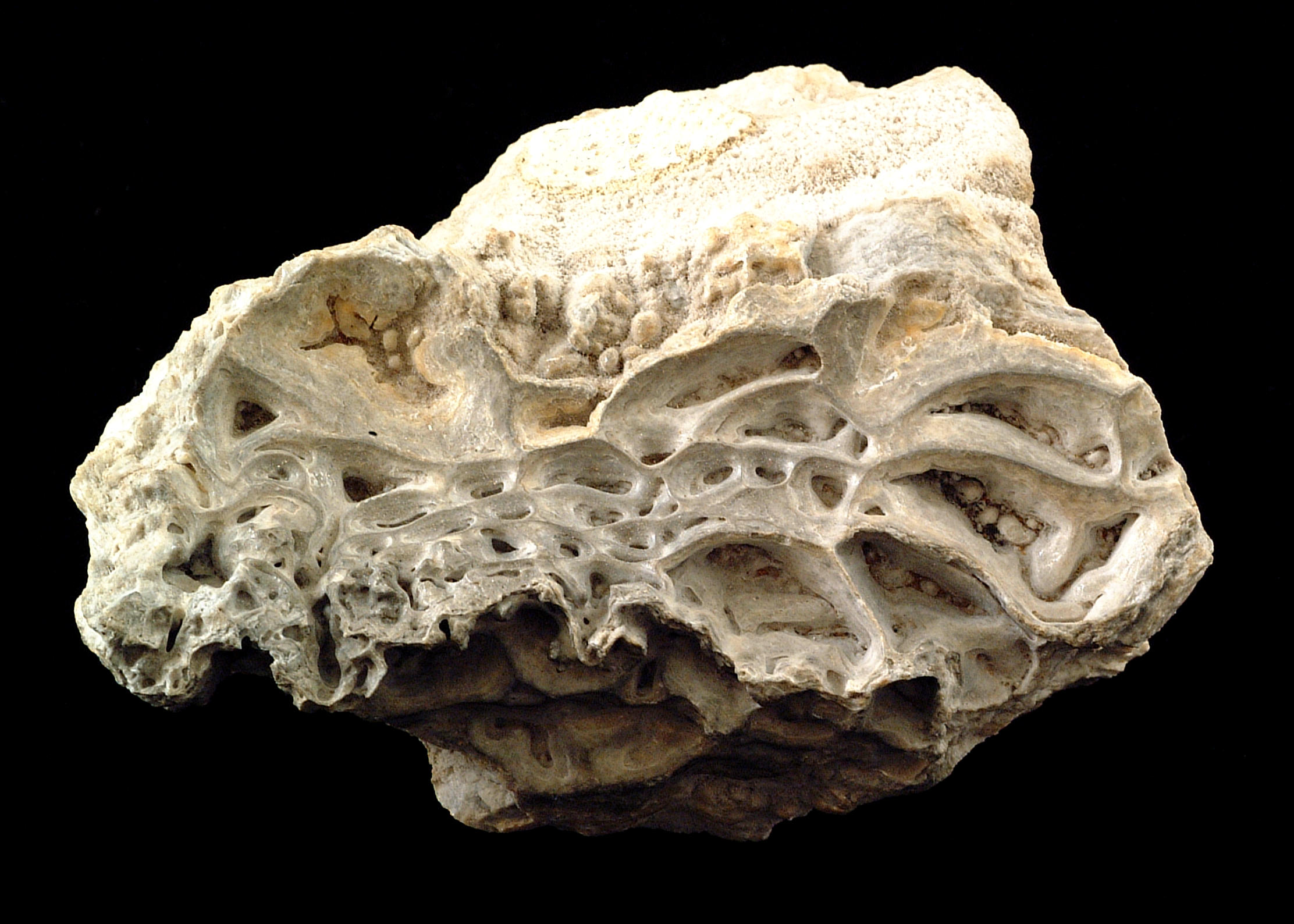| Title | Opal and chalcedony |
|---|
| Description | This specimen, 10 cm across, contains both opal and chalcedony. Opal generally shows a “play of colors” called opalescence which gives it rainbow colors – only moderately developed in this specimen. Opal, considered a mineraloid because its structure is not truly crystalline, has chemistry SiO2-nH2O. The amount of water in opal is 5-10% or more. This water can help geologists determine the temperature of the host rock at the time the opal formed. Opal forms in sedimentary environments and as a secondary mineral formed by alteration of high silica igneous extrusive rocks. It's name comes from the Old Indian upala meaning “precious stone.” Chalcedony (white fine-grained material on top of the specimen) is a cyptocrystalline (crystals too small to be seen even by a microscope) variety of quartz. |
|---|
| Location | USA ▹ Wyoming. Near Yellowstone. |
|---|
| Photographer | Shannon Heinle. 2001-06-11. |
|---|
| Collection | University of North Dakota Mineralogy Collection #1572. |
|---|
| Key words | opal, chalcedony, mineraloid, quartz, cyptocrystalline |
|---|
| Tech details | 410 KB. Hand specimen. Fujifilm FinePix S1Pro digital camera; 60mm AF Nikon micro lens. |
|---|
| GeoDIL number | 678 |
|---|
 |
